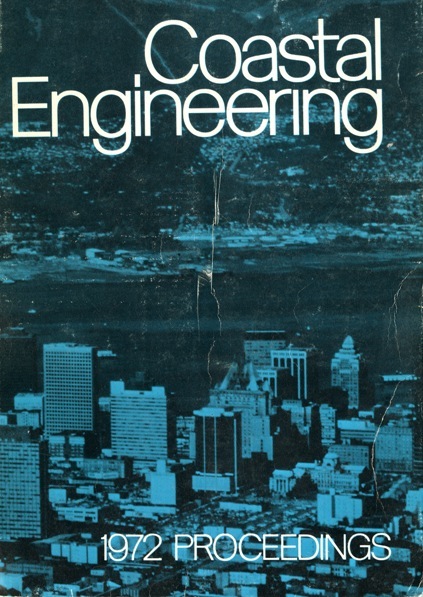Abstract
Ice effects on coastal structures, and more particularly the maximum forces caused by ice action, depend on a number of factors, such as:- (a) The physical properties of the ice encountered. (b) The thickness of ice formations. (c) The size of these formations, and their motion. (d) The shape and size of the structures concerned. Past history of ice accumulations is important too, not only in relation to ice properties (as when new ice and multiyear ice are found together at the one location), but also for instance when structures become frozen in, or when ice debris accumulates on sloping faces or when ice bustles form around piers. The very considerable difficulties in carrying out insitu experimental work, not only on the overall effects of interest to engineers such as ice thrust on fixed structures, but also on ice properties themselves, mean that there are still large gaps in our knowledge of the subject. Finally, the non-isotropic nature of the naturally occurring ice, and the broad spectrum of ice behaviour under loading (brittle,ductile or, when creep predominates, viscous), contribute still further to the complexity of the subject.
Authors retain copyright and grant the Proceedings right of first publication with the work simultaneously licensed under a Creative Commons Attribution License that allows others to share the work with an acknowledgement of the work's authorship and initial publication in this Proceedings.

